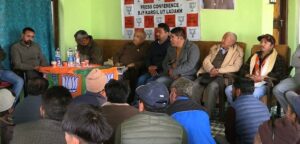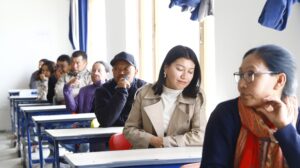Secretary Amit Sharma conducts Comprehensive Review of Aadhaar Status and Key Initiatives in Ladakh
Leh, September 6 – Secretary Information Technology, UT Ladakh, Amit Sharma, spearheaded a pivotal review session addressing Aadhaar saturation, distribution of ECMP kits, and the Door-to-Door Survey in the Union Territory of Ladakh.
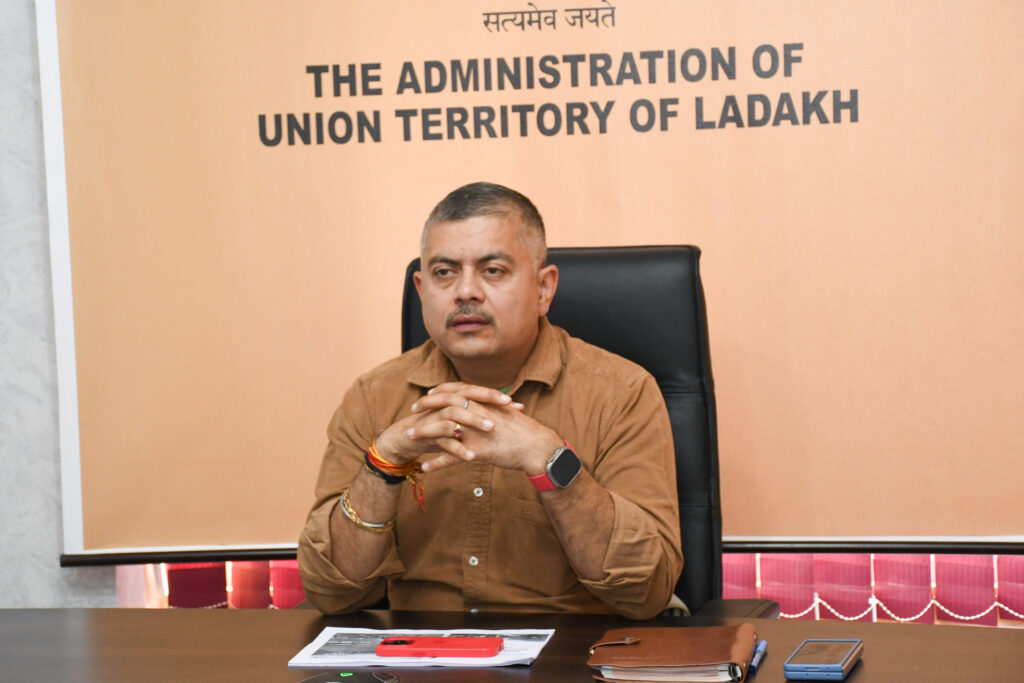
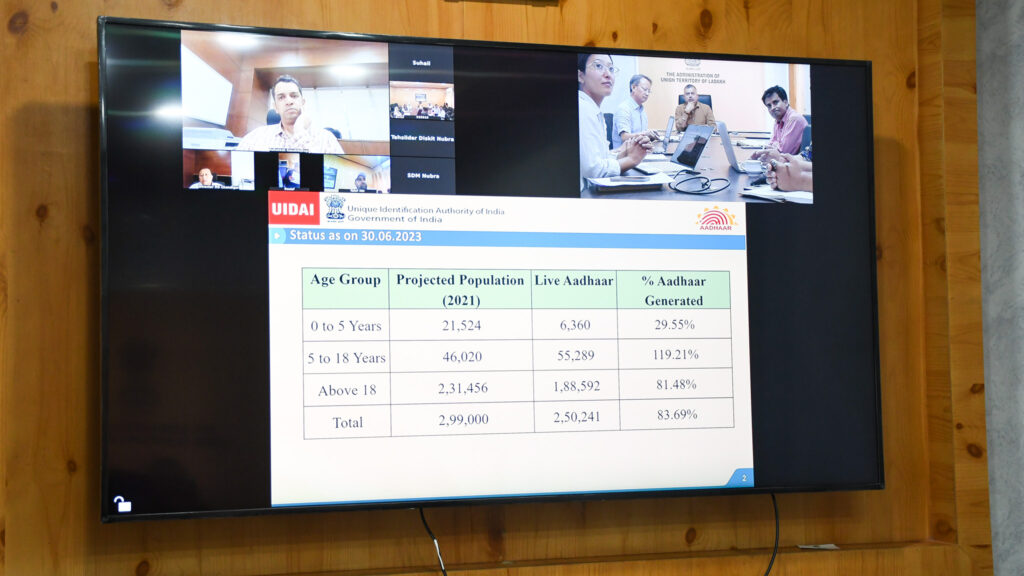
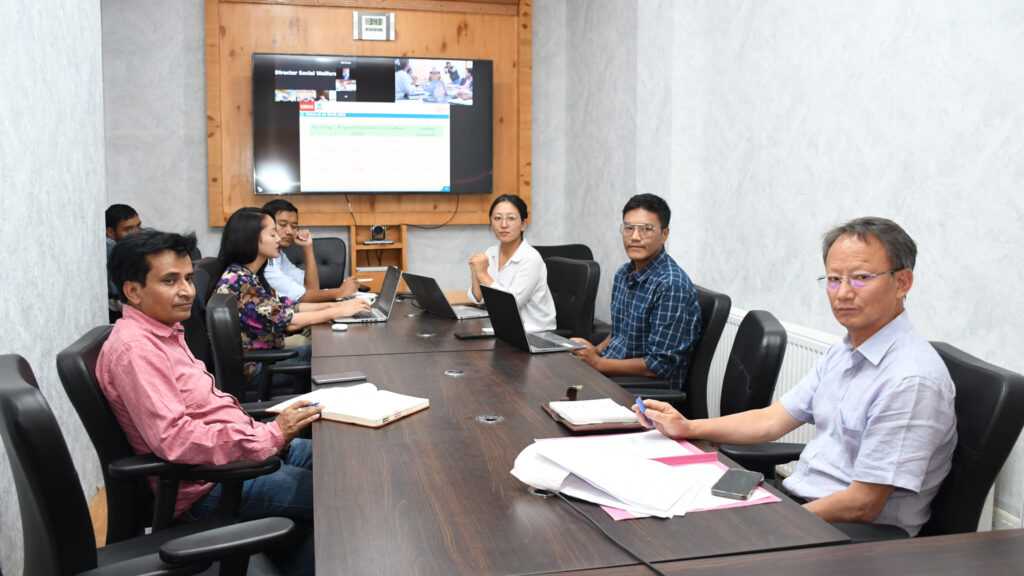
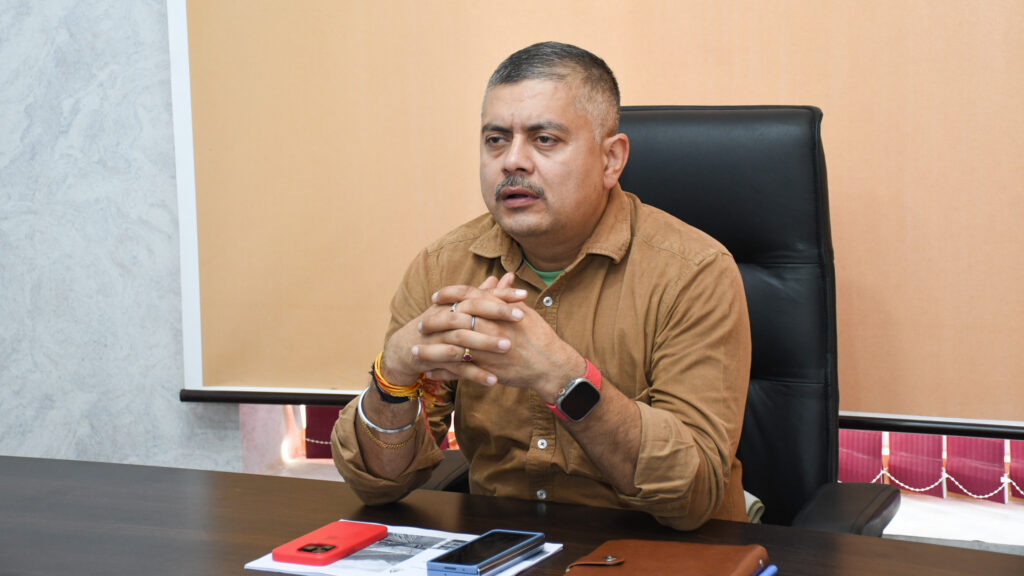
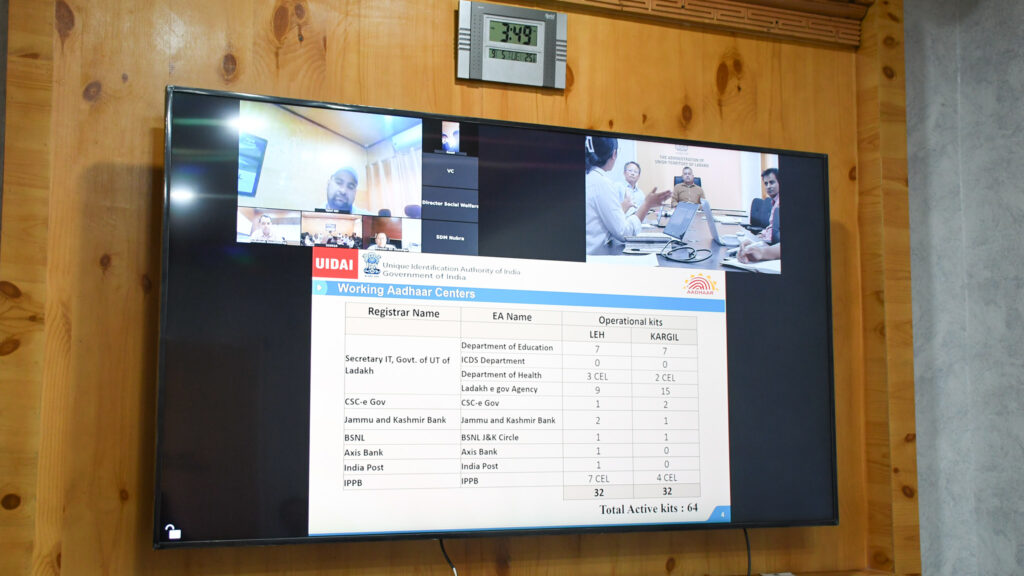
The gathering featured a detailed presentation by the Aadhaar Manager, spotlighting crucial aspects such as the Aadhaar Status in UT Ladakh as of June 30, 2023, estimated district-wise Aadhaar status, operational Aadhaar centers, and the Department of Health’s role. The update focused on documenting residents in selected blocks through door-to-door surveys, the creation of a state government portal to facilitate verification for new enrollees aged > 18, and the submission of vital documents by residents. Further discussions covered the state portal’s status, required actions, ICT assistance, Section-7 notifications by the UT Government, and strategic focal points.
In an extensive deliberation, Secretary Amit Sharma and participants engaged in a thorough examination of Aadhaar status in UT Ladakh, raising and addressing several issues. Key challenges were highlighted, including disparities between reported and actual birth numbers, the distribution of Aadhaar kits, and the shortage of operators.
To proactively tackle these challenges, Secretary Amit Sharma issued directives during the meeting. Firstly, he urged the Director of the Social Welfare Department to propose the procurement of 36 CELC kits for Anganwadi centers, emphasizing the importance of efficient utilization. Additionally, he called upon SDMs to nominate nodal officers tasked with verifying enrollments of individuals aged above 18 via the state government portal. In a move to bolster operations, he also instructed the UIDAI representative to explore potential outsourcing options for operators.
This session underscores the commitment of UT Ladakh’s administration to enhancing Aadhaar coverage and resolving associated challenges, ultimately bolstering the region’s digital infrastructure and welfare initiatives.
(NOTE: PRESS RELEASE PUBLISHED AS RECEIVED)

